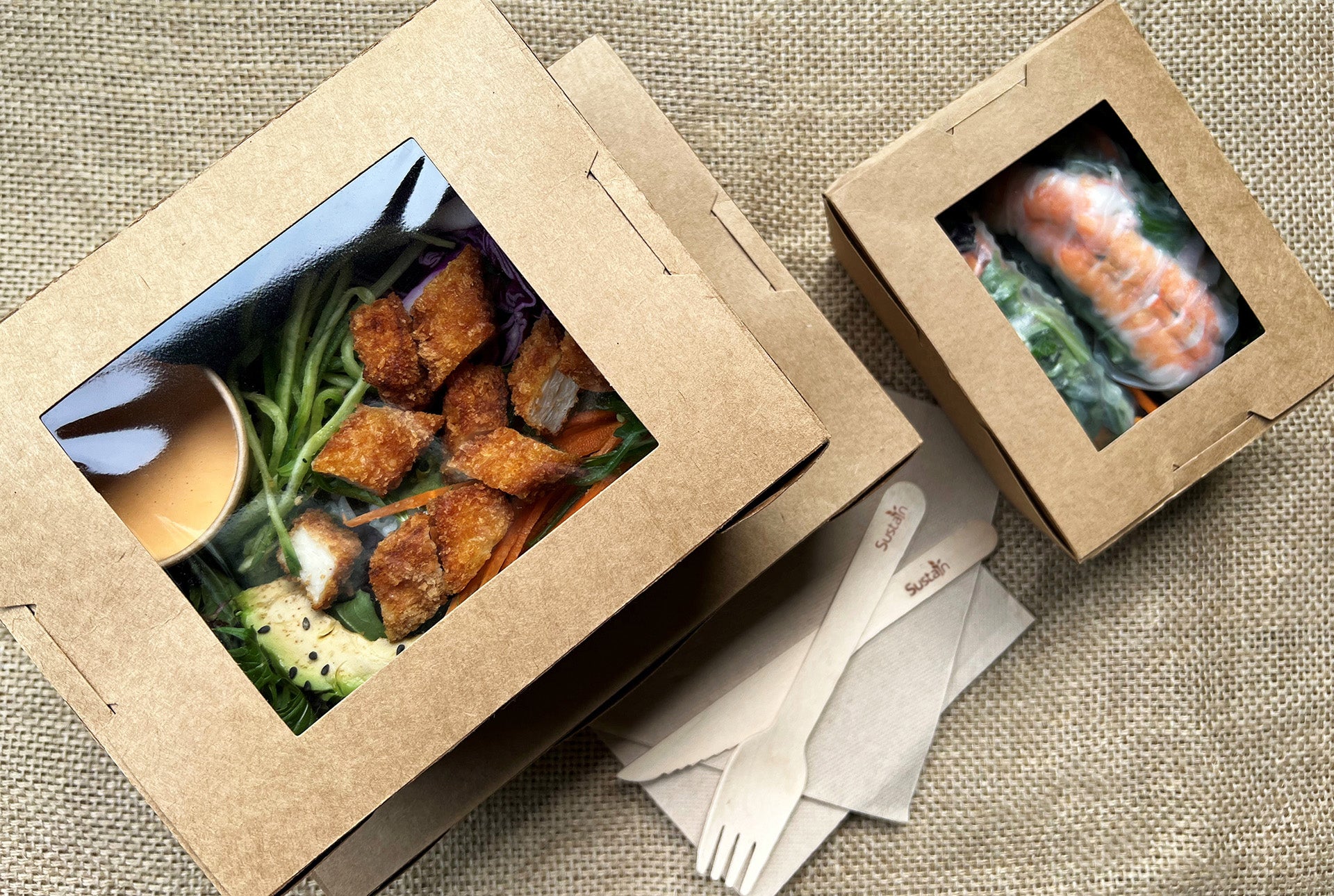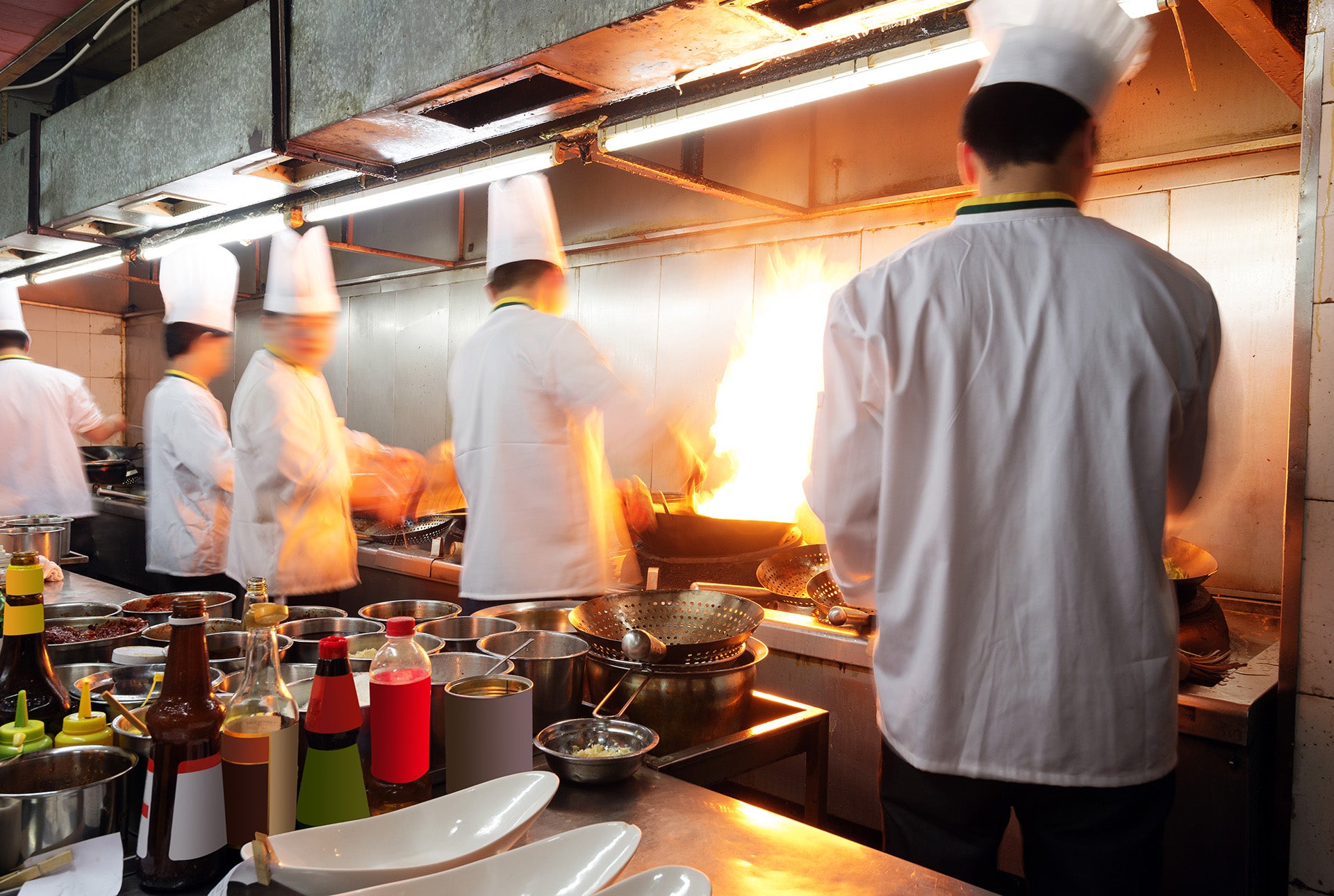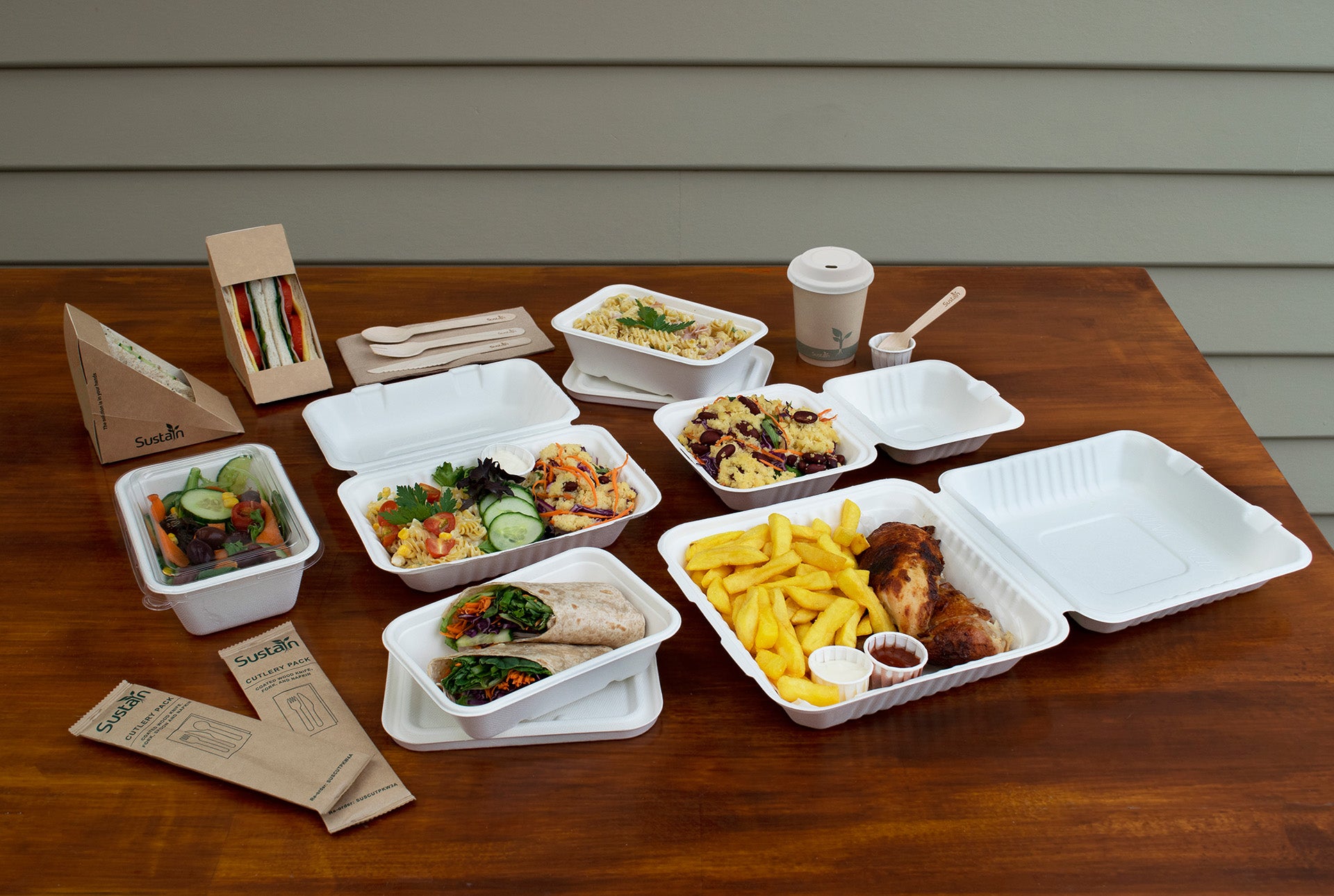In a world where packaging has become vital to how we store and present food, single-use plastics and packaging like polystyrene (used commonly in meat/ poultry trays egg cartons and fast-food trays) have created new obstacles in our waste streams.
Traditional oil-based plastic can take up to 1000 years to decompose and of the 3.4 million tonnes used in Australia annually, 1 million is made up of single use plastic food packaging most used for takeaway food and drink.
Sustainable alternatives are becoming more common due to the government established National Plastics Plan (NPP). The goal of the NPP is to phase-out problematic plastics by preventing the use of these materials when unnecessary, introducing new recycling laws, educating consumers on how to make informed decisions about plastic use, cleaning our ocean and waterways and investing Australia’s money and time in continuous research.
For those businesses wanting to find the right takeaway container, disposable food packaging options made from alternative materials like Polylactic Acid (PLA), (used in medical implants, 3D printing filament, disposable food packaging like cutlery, cups and containers) might be the right choice for you.
If you are considering stocking PLA based disposable food packaging, then here is everything you need to know about PLA.
What is PLA Plastic and How is it Made?
PLA is a thermoplastic made from renewable materials like plant starch, sugarcane and cassava. It’s known to have the same durability and use as traditional oil-based plastic but with the added benefit of being compostable. PLA plastics are commonly used in the food industry for packaging containers and protective films because it’s durable and a natural alternative to petroleum plastics.
 The production of PLA begins with the fermentation of plant starch found in things like maize, cassava, sugar beet and sugarcane. Sugar is extracted from these plants and fermented until it becomes what’s known as a lactic acid, which is then made into polylactic acid or PLA. This process is sustainable because the materials used to create PLA are renewable and plant based.
The production of PLA begins with the fermentation of plant starch found in things like maize, cassava, sugar beet and sugarcane. Sugar is extracted from these plants and fermented until it becomes what’s known as a lactic acid, which is then made into polylactic acid or PLA. This process is sustainable because the materials used to create PLA are renewable and plant based.What are the applications of PLA?
PLA is used in many different industries but is most commonly found in food packaging, healthcare and medical devices and packaging, textiles, fibres and is even used for 3D printing.
Food packaging is a common use of PLA as these products are a great option for displaying and storing food. Some of the food packaging commonly made from PLAs are things like drinking cups, cutlery, straws, various food containers like salad boxes and sundae cups and overwrap or films.
PLA plastics are also used for food storage, particularly for cold products, because the of natural ingredients used in making this bioplastic. This means there are less harmful chemicals that may come into contact with food products. With the National Plastics Plan in full effect, PLA is the perfect alternative to virgin petroleum-based plastics that are banned in most of Australia.
Is PLA a Better Alternative?
Bioplastics like PLA are inherently better for the environment when compared to traditional plastic for multiple reasons. The first of which is that PLA is recyclable and biodegradable under specific composting conditions. Plastic can take 1000 years to decompose whereas PLA can take up to one year when kept in the right environment.
To decompose in a year, PLA needs three things:
- The temperature must be at a minimum of 60°
- It must be humid.
- The right microbes or bacteria must be present.
When under these conditions, decomposition occurs because PLA is composed of organic materials like corn starch. If PLA is not composted in the correct conditions like at industrial composting facilities, it can take up to 80 years to decompose, a significantly shorter period of time than ordinary plastic.
In some recycling facilities across the country, PLA can also be recycled and reused in the production of other PLA products. Overall, the manufacturing of PLA produces less carbon emissions as the material properties have fewer fossil fuels than tradition plastic and they can be reused or completely broken down at their end-of-life.
What are the advantages of PLA?
PLA as an alternative to plastic has many advantages to both the environment and the way it can be used across industries.
 As it’s made from renewable materials, it can be decomposed at its end-of-life under certain conditions. PLA also produces 68% less greenhouse gases when being manufactured, than the production of traditional plastics made from petroleum.
As it’s made from renewable materials, it can be decomposed at its end-of-life under certain conditions. PLA also produces 68% less greenhouse gases when being manufactured, than the production of traditional plastics made from petroleum.
While PLA is a great food packaging alternative because it’s as strong and durable as traditional plastic, it’s biodegradability is important to businesses as 66% of consumers prioritise sustainability when making purchases.
Finally, the different applications and uses of PLA makes the versatility of this material an advantage.
Future of PLA
As we look to find and use materials that create a circular economy, bioplastics like PLA are a solution that benefits all. A circular economy is works by giving and taking an equal amount of the waste created. A product part of a circular economy will be made from a renewable resource and through a sustainable end-of-life process, the materials will be used to make something new of the same material.
PLA was created to replace oil-based plastics by being a more sustainable alternative to traditional plastic. As it is made from renewable resources, PLA reduces our carbon footprint and keeps our dependency off fossil fuels.
With single-use plastic bans across Australia in full effect, finding alternatives that are practical, cost effective and made from renewable materials, is the key to creating a circular economy for all food packaging.




